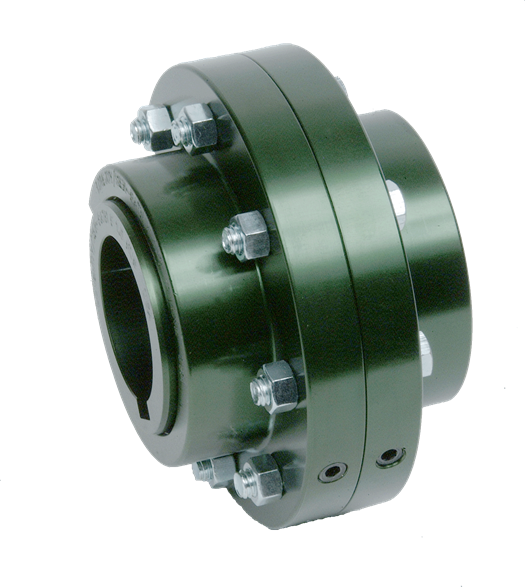For connecting process equipment gear couplings are among the most commonly used methods. They can provide long life and good reliability if properly selected, installed, and maintained.
Compared to other couplings, gear couplings offer several benefits,
including very high torque density, moderate misalignment capacity, and
exceptional torsional stiffness.
However, when the question arises regarding gear coupling reliability,
you will find many areas where failures may be initiated. Due to the lack of
knowledge or execution of certain basics, these failures begin. These are
necessary for these gear coupling to run reliably.
Design, Selection, and Sizing
For gear coupling reliability selecting the correct coupling for the
application is critical.
Select the coupling style and design.
From the original equipment manufacturer’s (OEM) gear coupling charts
you need to select the service factor (SF). If adequate SF is not used, shock
loads or variable loading can cause premature failure. For gear coupling sizing
some gear coupling manufacturers may even specify a
misalignment factor when higher coupling misalignment is expected.
Based on the design of brake horsepower (BHP), SF, and speed you should
calculate application torque (T) requirements.
You should select a coupling with a torque capacity greater than the
torque requirements. There is no reason to add additional capacity because the
service factor is already factored in.
Compared to the actual application bore, you need to confirm that the
coupling selected has a greater bore capacity. Frequently the maximum bore size
will even increase the coupling torque capacity two to three times what was
previously calculated and drive the coupling sizing process.
You need to verify the shaft depth available for the coupling hub and
compare it with the actual hub depth. In case the hub is too long, it must be
either overhung or machined off. You will find some good gear coupling
suppliers according to your type.
Make sure that the coupling will fit around the equipment and guard.
When there is a design modification on existing equipment this is typically
something that can become an issue. In the long run, guards that allow
maintainability will encourage proper maintenance.






No comments:
Post a Comment